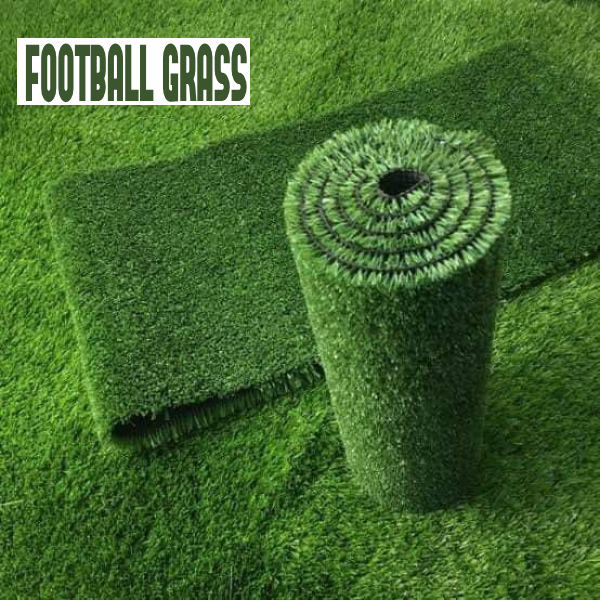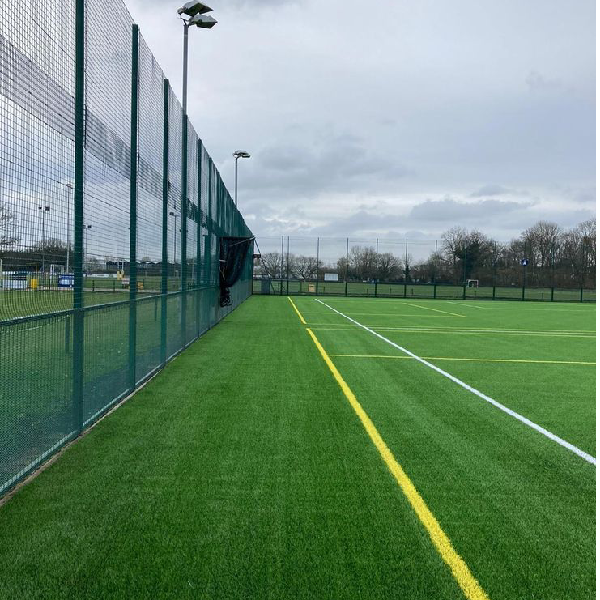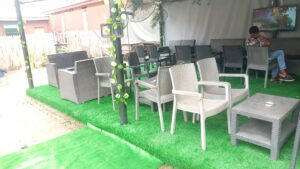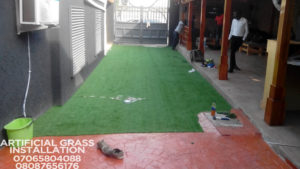Choosing the Best Turf for Your Football Sport Field: Natural, Artificial, and Hybrid
Introduction: Importance of Quality Turf for Football Sport Fields
The quality of the turf on a football sport field is crucial for player safety, performance, and the overall game experience. Whether managing a professional stadium, a school field, or a community sports complex, selecting the right type of turf can have significant implications. This guide will help you understand the different turf options available, including natural grass, artificial turf, and hybrid systems, to make an informed decision for your football sport field.

Natural Grass: Pros and Cons for Football Fields
Football Sport Field Turf Pros:
Aesthetic Appeal: Natural grass offers a traditional look and feel that many players and spectators prefer.
Natural Cooling: Grass surfaces can be cooler than artificial turf, reducing heat on the field.
Softer Surface: Provides a softer landing, which can be gentler on players’ joints.
Football Sport Field Turf Cons:
High Maintenance: Requires regular mowing, watering, fertilizing, and pest control.
Weather Sensitivity: Can become muddy and uneven in wet conditions, and dry out in hot weather.
Wear and Tear: High traffic can quickly wear down natural grass, leading to bald spots and uneven surfaces.
Artificial Turf: Benefits and Drawbacks for Football Fields
Benefits Of Football Sport Field Turf :
Durability: Artificial turf withstands heavy use and harsh weather, maintaining a consistent playing surface.
Low Maintenance: Requires less frequent upkeep than natural grass, with no need for mowing, watering, or fertilizing.
Cost-Effective: Long-term savings on maintenance and water costs.
Football Sport Field Turf Drawbacks:
Heat Retention: Can become significantly hotter than natural grass, which can be uncomfortable for players.
Injury Risk: Some studies suggest a higher risk of certain injuries on artificial turf compared to natural grass.
Initial Cost: Higher upfront installation costs compared to natural grass.

Hybrid Turf: Combination of Natural and Artificial Turf Options
Football Sport Field Turf Pros:
Enhanced Durability: Combines the natural aesthetic and cooling properties of grass with the durability of artificial turf.
Improved Playability: Offers a more consistent playing surface than natural grass alone.
Lower Maintenance: Reduces some of the maintenance needs of a fully natural field.
Football Sport Field Turf Cons:
Complex Installation: Requires careful installation to balance natural and artificial components.
Cost: Can be more expensive than both natural grass and artificial turf initially.
Maintenance Tips: Keeping Football Fields in Top Condition
Regardless of the turf type, proper maintenance is essential for safety and performance. Here are some general tips:
Regular Inspection: Check for and address wear and tear, drainage issues, and damage
Cleaning: Remove debris and clean the surface regularly, especially for artificial and hybrid fields.
Grooming: Brush artificial turf to keep fibers upright and evenly distribute infill.
Watering and Fertilizing: Maintain natural grass with appropriate watering schedules and fertilization.
Cost Comparison: Budget Considerations for Different Turf Options
Natural Grass: Lower initial costs but higher ongoing maintenance expenses.
Artificial Turf: Higher upfront costs with lower long-term maintenance expenses.
Hybrid Turf: Highest initial costs but balances benefits of both natural and artificial options, potentially reducing long-term costs.
Performance Factors: Impact on Player Safety and Gameplay
Natural Grass: Softer and cooler, potentially reducing heat-related issues and some types of injuries.
Artificial Turf: Provides a consistent playing surface, but may increase the risk of heat stress and certain injuries.
Hybrid Turf: Aims to combine the best attributes of both, offering a balance of safety, comfort, and performance
Environmental Considerations: Sustainability of Turf Choices
Natural Grass: Requires significant water, pesticides, and fertilizers, which can have environmental impacts.
Hybrid Turf: Potentially more sustainable by reducing water and chemical use while providing a durable surface.
Case Studies: Successful Examples of Turf Installations for Football Fields
**Professional Stadiums**: Examples like Wembley Stadium using hybrid turf for durability and playability.
Educational Institutions: Schools and universities opting for artificial turf to handle heavy use and lower maintenance.
Community Fields: Local governments installing artificial turf for long-term cost savings and consistent availability.
Conclusion: Choosing the Best Turf Option for Your Football Field
Selecting the right turf for your football sport field involves balancing factors like cost, maintenance, player safety, performance, and environmental impact. By understanding the pros and cons of natural grass, artificial turf, and hybrid systems, you can make an informed decision that best meets the needs of your facility and its users.
Explore the pros and cons of natural grass, artificial turf, and hybrid options for football sport fields. Learn about maintenance, cost, performance, and environmental factors.







